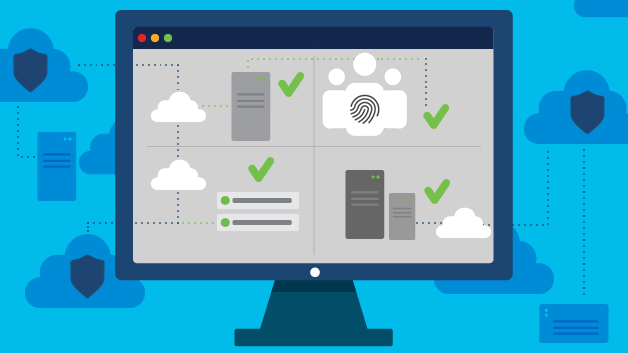What does provisioning mean?
In IT, when something is provisioned, it is ready for use. For example, when a user is successfully connected to Wi-Fi, that user is said to be provisioned with Wi-Fi.
How does network provisioning benefit a business?
When done right, network provisioning can bring enterprises greater efficiency and more secure operations. Network management staff can spend less time on setup and configurations, and business operations become more secure and streamlined.
What are the challenges of network provisioning?
Without automation, the key challenges are related to the growth in the number and variety of devices, the expansion of remote work settings, and the high activity present in today's business networks.
For organizations with many users connected to wide-area networks (WANs), many temporary users, or a need to scale up or down rapidly, network provisioning can be very time-consuming.
How does automation improve network provisioning?
With automated provisioning, network management staff spend less time creating and deploying policies, assigning IP addresses, and configuring IP-based devices. Automation can also reduce errors that slow down network performance.
In many cases, the automated provisioning process can be performed by one person instead of a team. Automation tools also help monitor and enhance network optimization as the network grows and changes. The tools provide a record of actions that can later be used to perform system audits.
